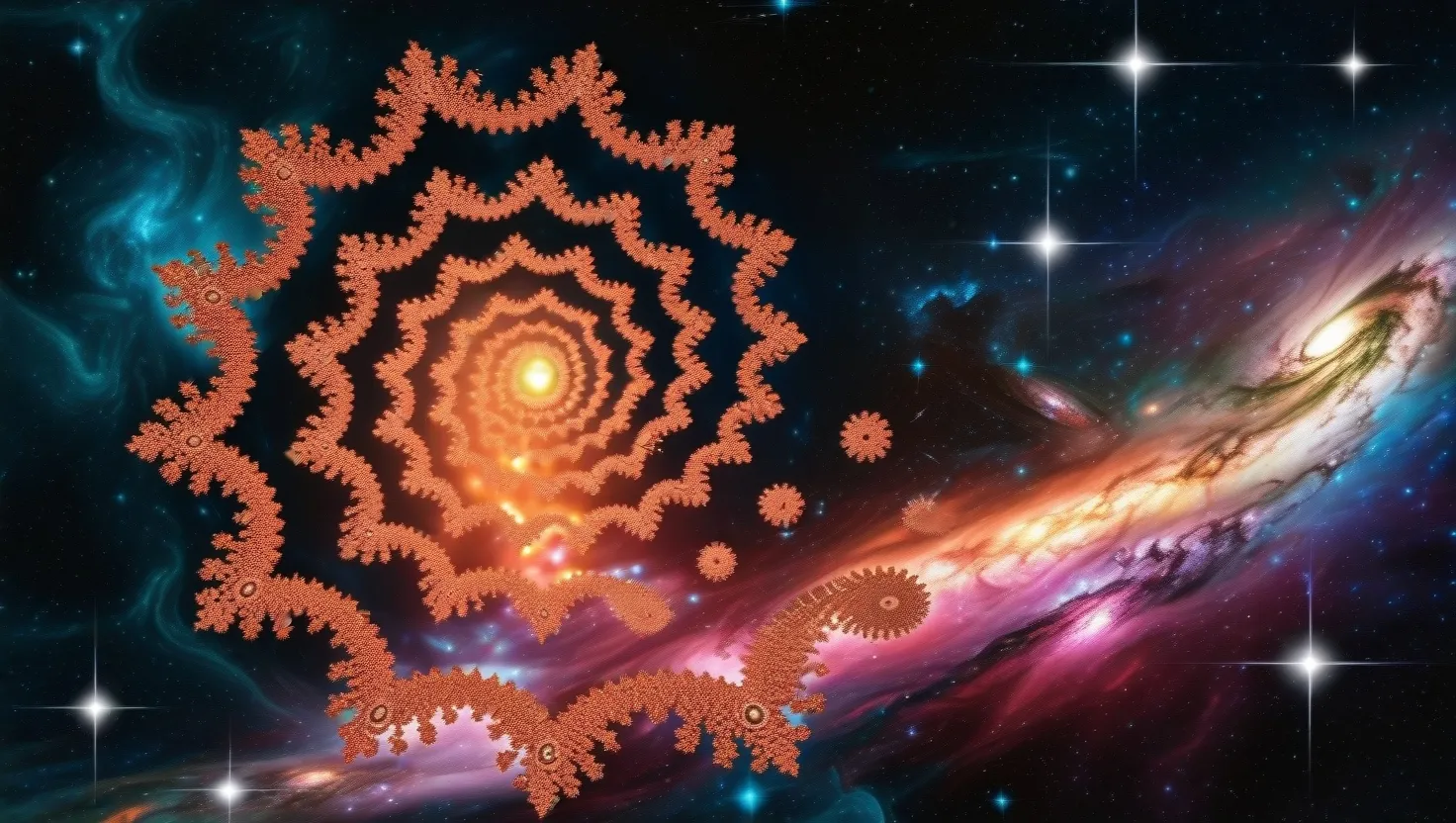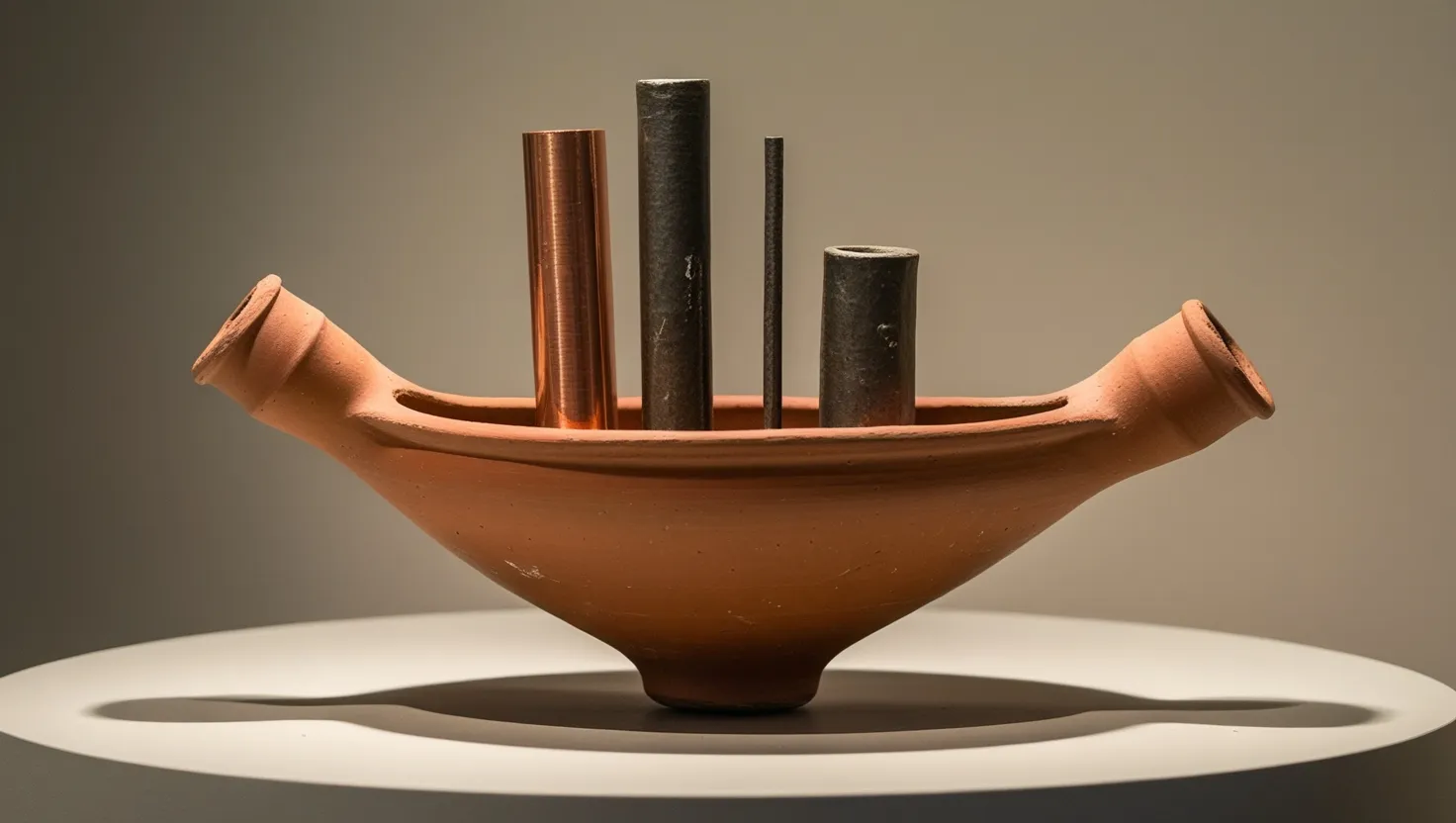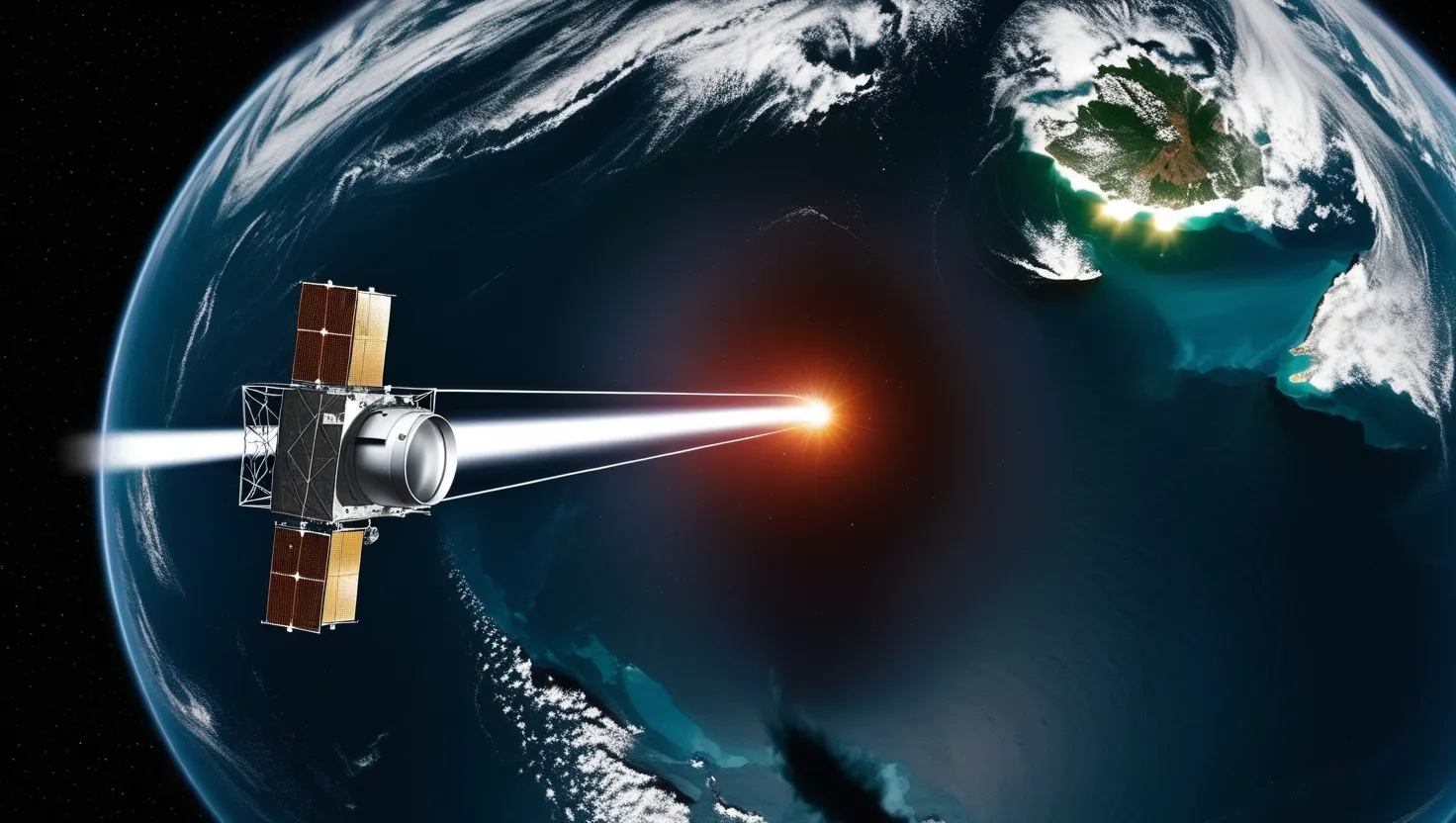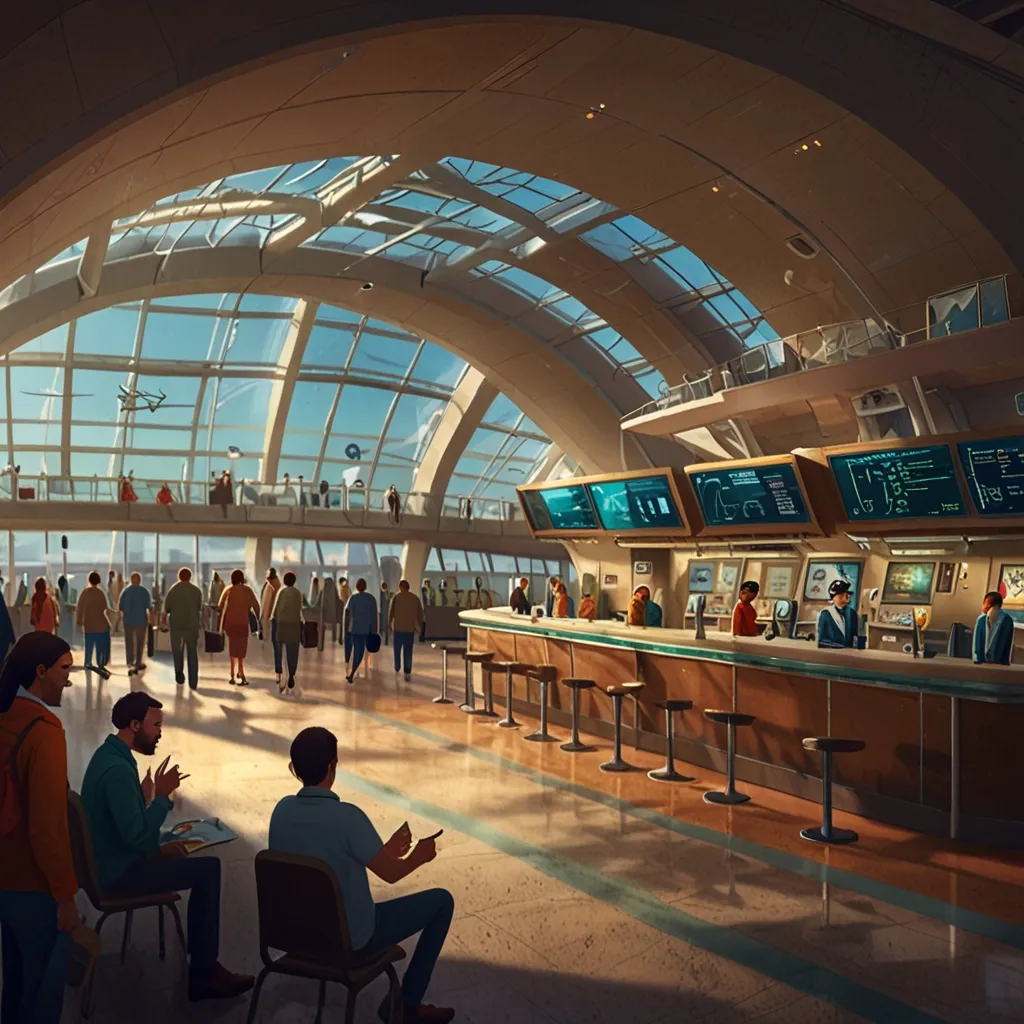Have you ever experienced a moment where everything seems to align in a way that feels more than just a coincidence? This phenomenon, known as synchronicity, has fascinated people for centuries, and recent research suggests it might be more than just a quirky happenstance. It could be a reflection of deeper, universal patterns that govern our reality.
Synchronicity, a term coined by psychologist Carl Jung, refers to the occurrence of two or more events that seem to be meaningfully connected, yet lack a causal relationship. For instance, thinking about a friend and then receiving a call from them, or learning a new word and then hearing it repeatedly in the following days. These events often feel like more than just chance; they seem to carry a deeper significance.
One intriguing theory is that synchronicity might be linked to fractal patterns, which are geometric shapes that repeat themselves at different scales. Fractals are ubiquitous in nature – think of the branching patterns of trees, the flow of rivers, or the structure of snowflakes. These patterns suggest a self-similarity that could extend beyond the physical world and into the realm of human experience.
Research has shown that fractals might play a role in the human brain’s interaction with the environment. A study involving Jungian analysts and Fibonacci time patterns found that synchronicity experiences could be correlated with fractal resonance between the brain and the environment. This means that the meaningful coincidences we experience might be part of a larger, fractal resonance that underpins our reality[1].
In the realm of quantum physics, fractals have also made a surprising appearance. Scientists at MIT discovered fractal-like patterns in the magnetic domains of a quantum material called neodymium nickel oxide. These patterns repeated at different scales, indicating a fractal nature. This discovery not only sheds light on the behavior of quantum materials but also hints at a broader principle of self-similarity in the universe[2].
The connection between fractals and synchronicity becomes even more compelling when viewed through the lens of quantum theory. According to some theories, the human mind could be seen as a quantum computer, with operations that are non-locally connected to the external world through entanglement. This “spooky action at a distance” could explain why synchronicities feel so meaningful and interconnected. It suggests that our thoughts and the world around us are part of a larger, entangled system where events can be correlated in ways that defy classical causality[3].
Imagine living in a universe where time and space are not fixed but exist in a state of simultaneity. This is the proposal of quantum reality, where everything is part of an all-encompassing, holographic universe. In this scenario, synchronicities are not isolated events but rather fragments of a larger, fractal reality. Every event, every thought, and every action could be seen as reflections of a single, unified progression or conversation with the universe itself[5].
This idea is both exhilarating and challenging. If synchronicities are indeed echoes of universal patterns, it could mean that our lives are part of a much larger, interconnected web. Recognizing these patterns could allow us to navigate reality more effectively, perhaps even predicting future events or understanding the deeper meaning behind seemingly random occurrences.
For example, consider the experience of a person who keeps encountering the same symbol or theme in different aspects of their life. This could be more than just a coincidence; it might be a fractal reflection of a larger pattern that is guiding their journey. By paying attention to these synchronicities, individuals might gain insights into their personal growth, relationships, or even career paths.
The practical application of this concept is also being explored in fields like systemic coaching. Coaches use fractal pattern recognition to help clients identify meaningful connections between different areas of their lives. By listening to clients’ stories and identifying recurring themes and patterns, coaches can help them uncover deeper synchronicities that might be guiding their lives[5].
However, it’s important to approach this idea with a critical and grounded mindset. While the concept of fractal synchronicity is fascinating, it’s crucial to distinguish between meaningful patterns and mere coincidences. Our brains are wired to seek patterns, and sometimes this can lead to seeing connections where none exist.
Despite these cautionary notes, the theory of fractal synchronicity offers a compelling perspective on the nature of reality and our place within it. It suggests that the universe is not just a collection of random events but a complex, interconnected system where every part reflects the whole. By exploring this idea, we may uncover new ways to understand the world and our experiences within it, revealing a hidden order that underlies all of existence.
In essence, synchronicities might not be just lucky breaks or odd coincidences; they could be whispers from the universe, hinting at a deeper, fractal reality that binds everything together. As we delve deeper into this mystery, we may find that the line between chance and destiny is thinner than we ever imagined, and that our lives are part of a grand, cosmic tapestry that is both beautiful and profound.






